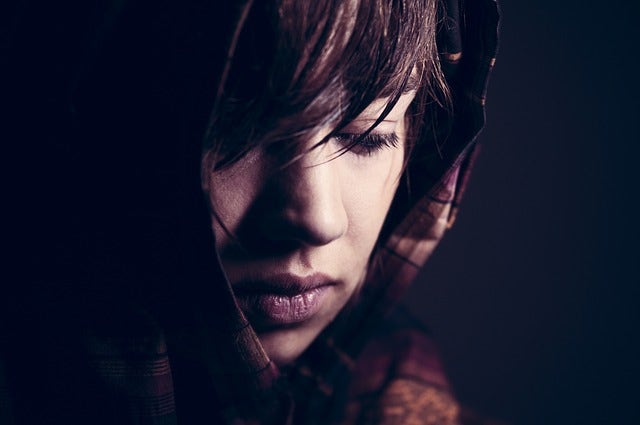
The power of portrait photography lies in capturing the personality and individuality of your subjects. Creative portrait photography takes plenty of practice, skill and patience. But, to some extent, it also comes down to what portrait photography equipment you’re using.
From cameras and lenses to studio lighting set-ups, here are the essential portrait photography equipment pieces you need for beautiful portrait shots…

Best Cameras for Portraits
Beautiful portraiture can be shot on any type of camera. But if you want to take consistently impressive portraiture, you will benefit from an impressive camera. In this case, mirrorless and DSLR cameras give you far more options than a compact camera.
Cameras with high resolution and high ISO works well for portraits because they provide much sharper photos without you having to resort to artificial light sources.
DSLR and mirrorless cameras also allow you to alter exposure levels, set your own aperture to control depth of field and adjust your shutter speeds. All of these functions can dramatically improve your end product.
Another advantage of mirrorless and DSLR cameras is the ability to customise them, giving you much more freedom to choose a portrait lens and a range of accessories that will help you snap some amazing portraits.
Optimal Portrait Photography Lenses
With so many lenses out there, it can be difficult to know which lens is best for your portrait photography.
It may surprise you to learn that your standard lenses are fine for portraits, especially those with a fixed focal length of f/2 or f/2.8. They may have some limitations, but they will still do the job.
However, if you want to step your photography up a notch, try experimenting with macro lenses and zoom lenses. These can improve the creativity and depth of your photos.
Telephoto lenses, in particular, help you capture the detail in your subject without you needing to shove the camera right in their face.
A telephoto lens with a focal length of 70-200mm is a great all-rounder portrait lens. It enables you to zoom in to reduce the amount of background and foreground distractions or to shoot from further away.

Using Tripods in Portrait Photography
Not only will a tripod give your camera stability, but it’s a great way for you to focus all your attention on your subject.
You’ll be able to interact much more easily with your subject and get consistent shots when using a tripod. And it can hold much more than just your camera – it can also hold lighting and reflectors.
Tripods are a great accessory if you’re keen to get creative with techniques like shutter drag – using slower shutter speeds to capture motion in frame (cars, people in the background, waves, birds taking flight etc.) – or composites, the layering of a photo by taking a nicely-exposed picture of your subject then a shot of the background.
Look for a tripod that is light and compact so you can easily take it with you on excursions with your subject.
Why Portrait Photographers Use Flashguns
Most cameras have a built-in flash. But built-in flashes can limit your ability to experiment with lighting, resulting in a background that’s too dark, a foreground that’s overexposed, and/or flat features in your subject.
For these reasons, professional portrait photographers often use a dedicated flashgun. A flashgun is much more powerful than your regular flash so you can set smaller apertures, which will increase your depth-of-field or light up a greater area. A flashgun also lets you move your flash to experiment with different light source angles.

Ramp Up Your Portrait Photography with Studio Lighting
A studio lighting kit is a must if you plan on taking your portrait photography to the next level. Most kits will come with light stands, an umbrella, and softboxes.
Studio lighting helps you play with light and to control where it hits the subject. As the name suggests, softboxes soften the light and produces attractive catchlights in your subject’s eyes. The shadows will also appear softer across their face, producing more flattering images.
Multiple light sources help you light your subject from multiple angles, while a reflector can reduce shadows by reflecting light onto the other side of your subject’s face.
Other handy portrait photography accessories include a remote flash trigger, which lets you time your lighting perfectly, and a light meter, which helps you determine the right exposure for your photograph.
If you’re looking for the best equipment for portrait photography, check out our full range of cameras and accessories, including lenses and studio lighting kits, online at Camera House today.
